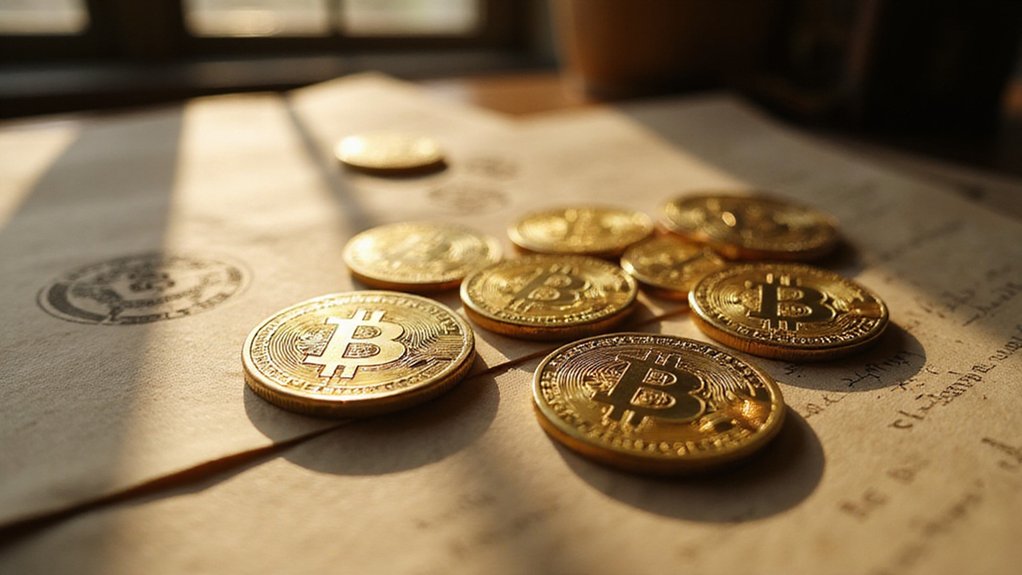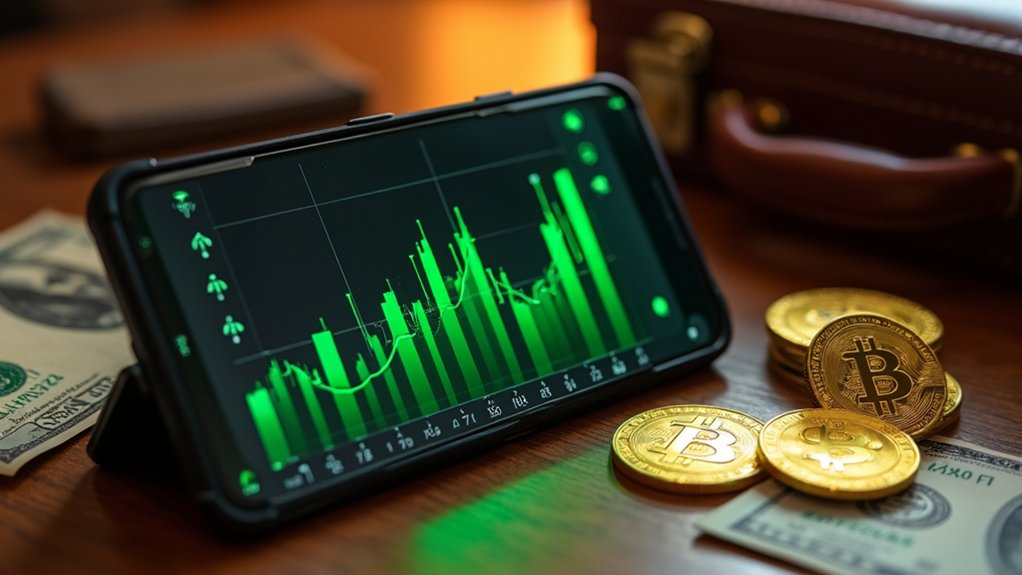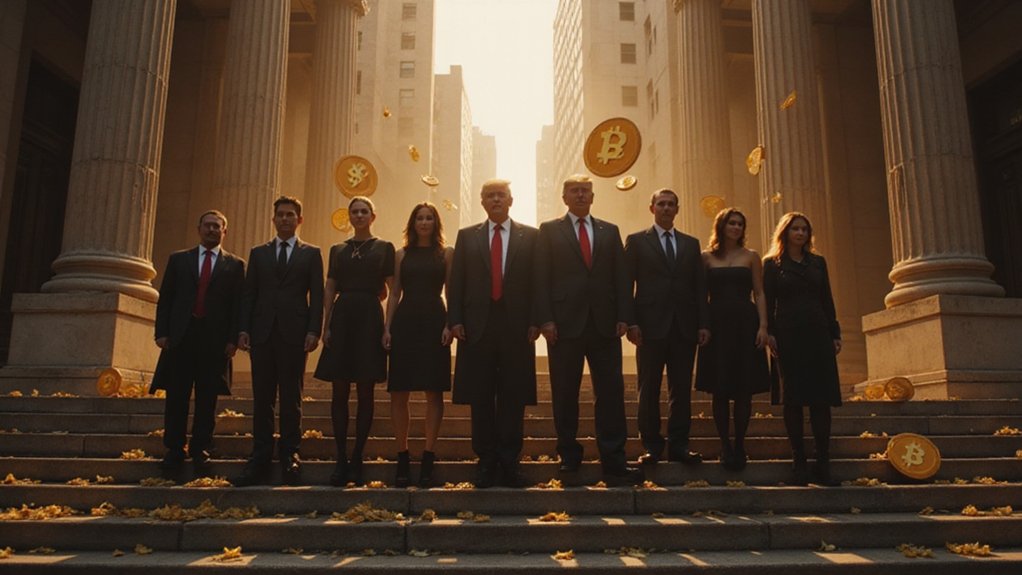While most taxpayers wrestle with relatively straightforward W-2s and mortgage interest deductions, Bitcoin miners have been maneuvering a labyrinthine tax structure that would make even seasoned CPAs reach for additional coffee—facing the peculiar burden of paying ordinary income tax on freshly minted coins, only to encounter capital gains obligations again upon sale.
The White House’s recent report offers a surprisingly pragmatic solution to this double-taxation predicament, recommending that mining income face taxation only at the point of sale rather than the moment of creation. This seemingly modest adjustment represents a fundamental shift in how digital asset mining operations would calculate their tax liabilities, potentially transforming an industry that has operated under what can generously be described as Byzantine regulatory guidance.
Current tax treatment forces miners into an uncomfortable position: they must recognize ordinary income on Bitcoin’s fair market value at mining, then face additional capital gains when selling those same coins (assuming any appreciation occurs).
The economic absurdity becomes apparent when considering miners who lack immediate liquidity to cover tax obligations on unrealized holdings—essentially requiring them to sell portions of their Bitcoin stash to satisfy tax bills on Bitcoin they haven’t yet sold.
The absurd circular logic of forcing miners to sell Bitcoin in order to pay taxes on Bitcoin they haven’t sold.
The Treasury and IRS are revisiting their prior guidance as part of this modernization effort, acknowledging that existing frameworks inadequately address digital asset technologies. These efforts align with the Working Group’s mandate to reduce tax burdens and review guidance on digital asset activities as part of a comprehensive approach to financial compliance modernization. Congressional bills like H.R. 8149 have already proposed similar tax deferral mechanisms, suggesting bipartisan recognition that current rules create unnecessary compliance burdens. The comprehensive White House Digital Asset Task Force delivered a 168-page report examining these complex regulatory challenges in unprecedented detail.
BitFuFu CEO Leo Lu characterizes this potential change as a catalyst for Bitcoin mainstreaming, and the assessment appears reasonable. Improved cash flow dynamics could incentivize increased mining activity while reducing forced liquidations that miners currently undertake to meet tax obligations.
Such pressure-driven sales seemingly contribute to price volatility—an ironic consequence of tax policy inadvertently destabilizing the very asset it seeks to tax. Regulated platforms like ErisX, now operating as Cboe Digital, are positioning themselves to facilitate this transition with low trading fees of 0.2% compared to typical 2% rates charged by traditional exchanges.
The broader implications extend beyond individual miner relief. Enhanced profitability and operational predictability could attract additional mining infrastructure investment, strengthening network security while positioning the United States as a more attractive destination for digital asset enterprises.
Sometimes the most significant policy shifts arrive disguised as technical corrections.








